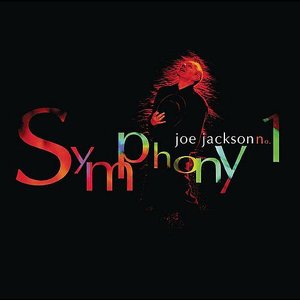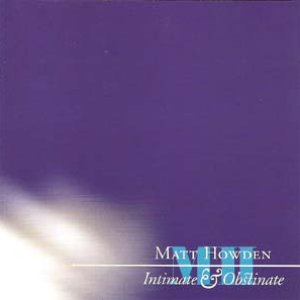Wiki
-
Length
9:03
”Slow Movement” is the 3rd track from Joe Jackson’s “Symphony No. 1” CD
Wikipedia information:
Symphony No. 1 is a 1999 album by Joe Jackson. Jackson received a Grammy for Best Pop Instrumental Album in 2001, after several unsuccessful nominations for previous work. Symphony No. 1 was played by a band of jazz and rock musicians including Steve Vai and Terence Blanchard.
Personnel:
* Joe Jackson – Piano
* Wessell Anderson – Alto saxophone
* Terence Blanchard – Trumpet
* Gary Burke – Drums
* Robin Eubanks – Trombone
* Mat Fieldes – Electric bass, acoustic bass
* Sue Hadjopoulos – Percussion
* Mary Rowell – Viola, electric violin
* Steve Vai – Electric guitar
External link: http://www.allmusic.com/cg/amg.dll?p=amg&sql=11:hifuxqe5ldae~T52
Joe Jackson’s biography: http://www.allmusic.com/cg/amg.dll?p=amg&sql=11:hifuxqe5ldae~T1
allmusic information:
Review by William Ruhlmann
No one who has been following Joe Jackson’s more recent career will be surprised that he has produced Symphony No. 1, nor will they be surprised at its contents, especially if they have heard his previous instrumental works. In his liner notes, Jackson immediately defends himself against the charge that this cannot be a symphony since it is not being played by a symphony orchestra, but rather by a ten-piece ensemble featuring jazz trumpeter Terence Blanchard and rock guitarist Steve Vai. Certainly, the symphony form has been altered structurally in the 20th century, but one of the defining characteristics has remained that it is a work for a large group, and in that sense, Jackson’s composition does not qualify, even though he multiplies the number of sounds through the use of electronic keyboards and computers. By “symphonic in structure,” he seems to mean that it is a work in four parts in which various musical ideas are explored. Fair enough, and, in fact, in this sense Symphony No. 1 is somewhat traditional, with its second, fast movement and its third, slow movement, which develop several themes, culminating in a last movement that draws them together. Jackson is unusual largely in the kinds of sounds he employs, sounds more familiar in rock and jazz. But leaving aside the question of whether or not Symphony No. 1 is a real symphony, it does function, as Jackson says he intends it to, as program music, tracing a life from childhood to old age. One may or may not think of that narrative while listening, but one feels it, from the way the music slowly emerges in the first movement to the simplicity and confidence of the final one. In this sense, Jackson is both an optimist and a still-young composer; an older one might not have so hopeful a view of old age.
Track descriptions on Last.fm are editable by everyone. Feel free to contribute!
All user-contributed text on this page is available under the Creative Commons Attribution-ShareAlike License; additional terms may apply.










